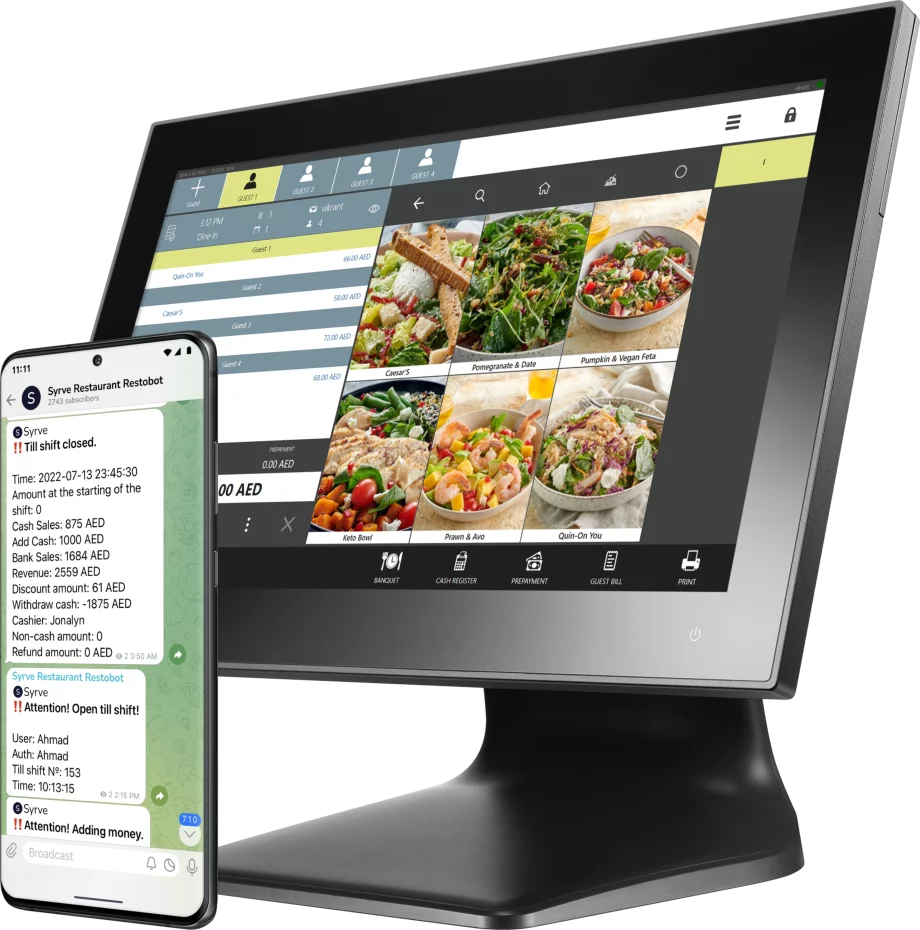Syrve MENA reported a 15% decrease in dine-in restaurant orders in Dubai during Ramadan compared to the rest of the year. This pattern suggests that residents often prefer evenings with family instead of dining out. While the data doesn’t explicitly confirm that people prepare Iftar meals at home, the decrease in restaurant visits indicates that evening meals typically occur at home or with guests.
Despite declining restaurant orders, the food delivery sector has demonstrated resilience, as evidenced by the differing peak hours across various cuisines and locations. According to Syrve MENA’s internal data, venues in mall locations show a 13.6% increase in delivery orders during Ramadan compared to regular periods. For example, food halls received approximately 26.7% of their orders between 19:00 and 21:00 during Ramadan. Middle Eastern restaurants, which locals prefer for Iftar, showed a significant concentration of orders during late-night hours, with 51.3% of their total orders occurring between 23:00 and 03:00 during Ramadan.
This pattern aligns with broader regional trends. Restaurants in Saudi Arabia also experience peak demand before Iftar and late at night. Food delivery orders in the MENA region typically surge between 8:00 PM and 11:00 PM, reflecting the cultural importance of breaking fast together. Traditional dishes dominate Ramadan orders, with Samosas, Mahshi, Knafeh, Opor Ayam, and Rendang being popular Iftar choices.
Restaurants also experienced an average decline of approximately 11% in dine-in orders across different cuisine types compared to regular weeks. This trend varies by restaurant category: Middle Eastern cuisine (20.6%), Italian cuisine (10.8%), Indian (7.6%), and Central Asian cuisine (5.1%). While some establishments maintain stable delivery numbers, overall patterns shift during fasting hours.
At the same time, average dine-in order values show a slight overall increase of approximately 5.3% during Ramadan. “The average order value across Syrve MENA clients’ restaurants for delivery during Ramadan is 140.34 AED, while for dine-in, it is 158.00 AED. While most of our clients experienced decreased dine-in orders, 13.6% of establishments saw a rise in delivery despite slightly lower order values,” said Alexander Ponomarev, CEO at Syrve MENA.
These trends reflect the broader cultural impact of Ramadan on dining habits in the MENA region. With 54% of consumers in Saudi Arabia and the UAE planning to share more meals with family and friends and 41% of UAE residents expecting to increase spending, the food service industry continues adapting to these seasonal changes. The projected 52% rise in online grocery sales results from the growing preference for convenient dining solutions during the holy month, as consumers opt for home-cooked meals and traditional dishes during Ramadan.
About Syrve MENA
Syrve MENA is a leader in all-in-one POS and Restaurant Management Software solutions in the Middle East. With its headquarters in Dubai and a presence in 57 countries, Syrve has been revolutionising the food service market for over five years. Serving over 9000 customers worldwide, including renowned restaurant chains and small businesses, Syrve is committed to automating restaurants and hospitality businesses.

